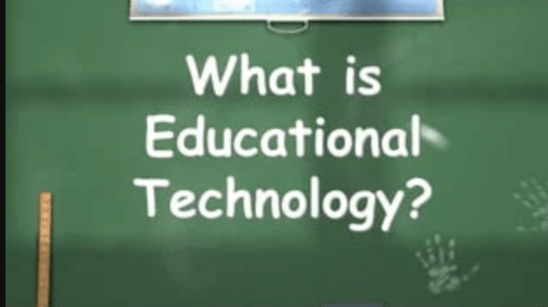What Role Does Technology Play in Education Reform in the USA?

Technology’s integration into education has revolutionized learning landscapes across the USA, making significant strides in how educational content is delivered, consumed, and managed. This comprehensive discussion delves into the numerous ways technology supports education reform, addressing challenges and setting future trends.
Introduction to Technology in Education Reform
Defining Education Reform in the Context of Modern Challenges Education reform in the United States is a response to the evolving demands of the global economy and the shifting skill sets required by the workforce. It aims to prepare students not just academically but also equips them with critical thinking skills and technological proficiency.
Overview of Technology’s Integration in Education From digital textbooks to online courses, technology is now a fundamental component of educational environments. It offers dynamic content and interactive learning opportunities, catering to a generation that is more digitally savvy than any before.
Improving Accessibility through Technology
Breaking Geographical Barriers to Education Technology enables students in less accessible locations to attend virtual classrooms, access vast online libraries, and participate in cutting-edge educational programs that were previously unavailable to them.
Enhancing Accessibility for Disabled Students Technologies like screen readers, speech recognition software, and specialized learning apps create more equitable opportunities for students with disabilities, ensuring that education is accessible to all.
Enhancing Engagement and Interaction
Interactive Learning Environments By incorporating elements such as virtual labs, 3D printing, and gamification, educational technology tools make learning more engaging and interactive, helping students to grasp complex subjects more effectively.
Use of Multimedia Content to Enhance Learning Educational technology facilitates the use of videos, podcasts, and infographics to cater to diverse learning styles, making information more digestible and engaging for visual and auditory learners.
Personalized Learning Through Adaptive Technologies
Adaptive Learning Systems These sophisticated systems adapt the difficulty level of tasks based on the learner’s performance, providing a customized pace and challenge that suits each student’s unique learning curve.
Data-Driven Insights to Support Individualized Education Technology enables the collection and analysis of data on student performance, which can be leveraged to tailor educational approaches and interventions, enhancing learning outcomes.
Collaboration and Communication Tools
Facilitating Collaboration Among Students Digital platforms enable students to work together on projects and assignments, fostering teamwork and communication skills, regardless of physical location.
Enhancing Teacher-Student Communication Tools like learning management systems (LMS) and instant messaging apps facilitate smoother communication between teachers and students, essential for providing feedback and support.
Streamlining Administration and Management
Automation of Administrative Tasks Automated systems for attendance, grading, and scheduling reduce the administrative burden on educators, allowing them to dedicate more time to teaching and less to paperwork.
Efficient Resource Management Digital tools help schools manage resources more effectively, from digital textbooks that reduce paper waste to analytics that help optimize energy use and classroom utilization.
Professional Development for Educators
Online Professional Development and Training Online courses and workshops provide teachers with the flexibility to develop their skills and stay updated with the latest educational technologies and methodologies.
Communities of Practice in Education Technology Teachers can join online communities to share resources, experiences, and teaching strategies, fostering a collaborative environment for professional growth.
Challenges and Considerations in Technology Implementation
Addressing the Digital Divide The digital divide remains a significant challenge, with disparities in access to technology affecting students’ ability to benefit from digital learning tools.
Privacy and Data Security Concerns As schools adopt more technology, they must also implement stronger data protection measures to safeguard student information against breaches and unauthorized access.
Future Trends in Technology and Education Reform
Artificial Intelligence in Education AI is poised to further personalize learning with adaptive learning technologies that can provide immediate feedback to students and automate routine teaching tasks.
Virtual and Augmented Reality for Immersive Learning VR and AR are gaining traction as tools for immersive learning experiences that can transport students to different times, places, and situations far beyond the traditional classroom.
Conclusion
Technology undeniably plays a pivotal role in education reform in the USA, providing tools that enhance educational delivery and access. While the benefits are substantial, ongoing challenges like the digital divide and data security require persistent attention and innovative solutions.
FAQs
How does technology improve access to education for remote learners? Technology bridges geographical gaps with online platforms that bring educational opportunities to students’ homes, regardless of their physical location.
What are the benefits of personalized learning through technology? Personalized learning technology adjusts to each student’s learning pace and style, improving engagement and effectiveness by addressing individual strengths and weaknesses.
How can technology help in managing educational resources more efficiently? Technology enables better resource management by automating administrative tasks and providing data-driven insights that help optimize the use of educational resources.





